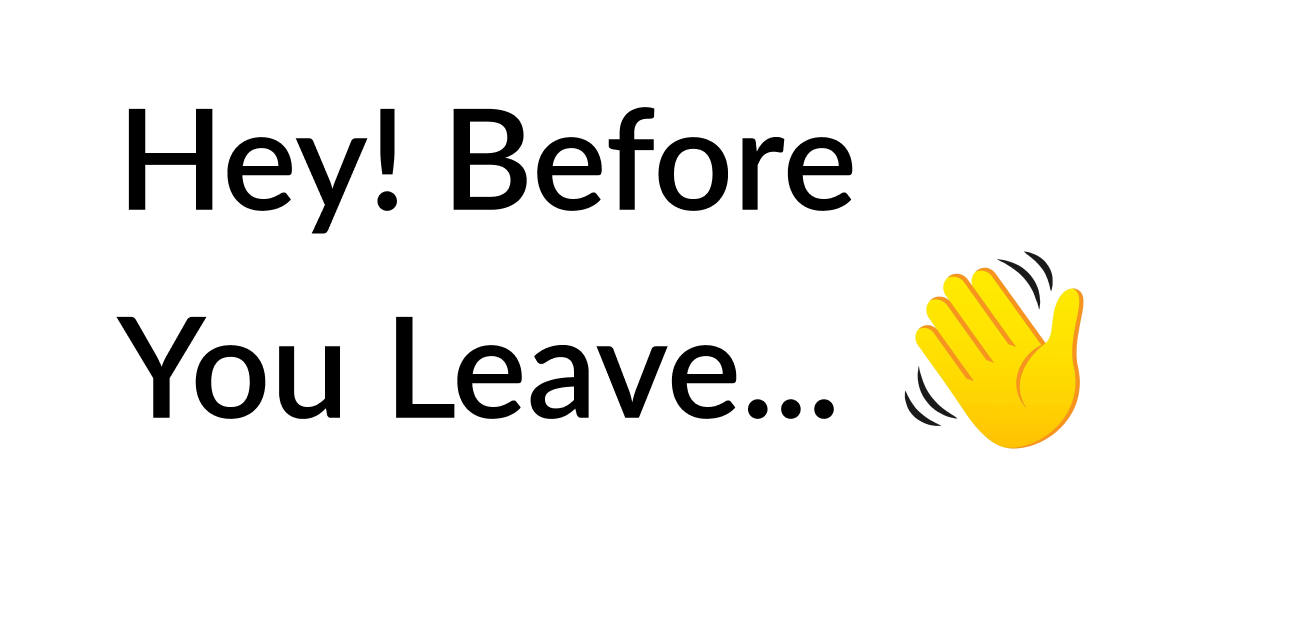
How to Develop a Chess NFT Game: A Complete Step-by-Step Guide
April 16,
11:35 AM
The rise of blockchain technology has revolutionized the gaming world, particularly through the integration of NFTs (Non-Fungible Tokens). Among the most exciting developments in this space is the creation of NFT chess games. This article will walk you through the step-by-step process of developing a chess NFT game, and we’ll also explore the role of NFTs in the gaming industry, the advantages of NFT chess game development, and the future potential of NFTs in chess game development.
Role of NFT in the Gaming Industry
NFTs have become a key player in the gaming industry, offering a novel way to create, own, and trade in-game assets. In traditional games, assets like weapons, skins, or collectibles are confined to the game environment. However, with NFT game development, these assets are tokenized on the blockchain, making them truly owned by players.
In the context of a chess NFT game, NFTs can represent chess pieces, boards, and other unique items. Players can buy, sell, or trade these NFTs, creating a robust in-game economy. The rise of NFT chess is not just about making chess digital; it’s about offering players true ownership and value, which is a massive leap forward for the gaming world.
Advantages of NFT Chess Game Development for Owners
For owners and developers, building a chess NFT game offers several key advantages:
Revenue Generation: By integrating NFTs into your game, you can sell unique and rare chess pieces, boards, and skins, creating new revenue streams. Players can also engage in microtransactions or pay-to-play models, which can be lucrative for game developers.
Ownership and Scarcity: NFTs bring scarcity to digital assets. Each chess piece, board, or other collectible can be tokenized as a unique NFT, offering players a sense of exclusivity. As a developer, this creates long-term engagement and provides value to your player base.
Marketplace Integration: Owners can integrate an in-game marketplace where players can buy and sell NFTs. This adds another layer of interaction and value within the game.
Key Benefits of NFTs Chess Game for Players
For players, participating in an NFT chess game offers a variety of benefits:
True Ownership: With NFTs, players own their chess pieces and assets. Unlike traditional games where in-game items can be taken away or lost, NFTs ensure that players have control over their digital items, making them more valuable.
Trade and Profit: Players can buy, sell, and trade their NFT chess assets in secondary markets. This creates the opportunity for players to profit from their skills, collectibles, or rare items.
Unique Experience: NFTs enable personalized chess pieces and boards. Players can collect rare NFTs or use limited-edition designs, making the experience more enjoyable and unique.
Integration with Other Games: Some NFTs may be interoperable across multiple games or platforms, meaning players can use their chess NFTs in different game environments, further increasing their utility.
Future of NFT for Chess Game Development
The future of NFTs in chess game development is bright. As blockchain technology continues to evolve, we’re likely to see more sophisticated features in NFT chess games, including:
Interoperability: NFTs from NFT chess games could be used in other games or platforms. This opens up a new realm of possibilities for cross-game play and asset usage.
AI and NFTs: Combining NFT game design with AI will make chess games even more advanced, where players can interact with AI-powered chess pieces or challenges, making the experience more immersive.
Community-Driven Developments: As the NFT community grows, there may be a shift towards player-driven game development. Game developers might collaborate with the community to create limited-edition NFTs, special game modes, or tournaments.
The convergence of NFT game development and mobile app development services will likely lead to innovative, engaging experiences for both casual players and competitive chess enthusiasts.
Step-by-Step Guide to Develop a Chess NFT Game
Developing an NFT chess game involves a structured process that combines blockchain development, game design, and mobile app development. Below is a step-by-step guide on how to build a chess game that integrates NFTs.
Step 1: Define the Game Concept
Start by conceptualizing the game. Consider the following:
Game Mechanics: Will it be a traditional chess game, or will you introduce new features such as special moves or abilities for certain pieces?
NFT Integration: Decide what will be tokenized as NFTs, such as chess pieces, boards, or special avatars.
Revenue Model: Consider if you want to include monetization features like NFT sales, tournament fees, or in-app purchases.
Step 2: Choose the Right Blockchain
Choose a blockchain that supports NFT game development. Popular choices include:
Ethereum: Known for its robust ecosystem and large community.
Polygon: A layer-2 solution that reduces transaction costs and improves scalability.
Binance Smart Chain (BSC): Fast and cost-effective for NFT gaming.
Your blockchain choice will determine the NFT standards (such as ERC-721 or ERC-1155) and impact the game’s performance.
Step 3: Develop the Game Design
The game’s design should focus on creating an engaging experience for players. For NFT chess games, this includes:
Board and Pieces: Create beautiful, customizable chess pieces and boards that can be turned into NFTs.
User Interface: Design an intuitive UI/UX, ensuring players can easily navigate the game, buy, sell, and trade NFTs, and interact with the game world.
Gameplay: Develop the core chess mechanics, ensuring smooth gameplay that appeals to both casual players and chess enthusiasts.
Step 4: Smart Contract Development
Smart contracts are at the heart of NFT game design. These will handle the minting of NFTs, transaction processing, and other key game functions. Collaborating with a mobile app development company skilled in blockchain technology is crucial for ensuring the contracts are secure and functional.
Step 5: Testing the Game
Before launching, conduct thorough testing to ensure everything works correctly. This includes:
Blockchain Testing: Make sure NFTs are minted correctly and transactions are secure.
Gameplay Testing: Test the user interface, user experience, and overall gameplay to ensure it’s engaging and intuitive.
Step 6: Launch the Game
Once testing is complete, launch the game on various platforms. You’ll need to develop apps for Android and possibly iOS. Work with a reliable android app development services provider to ensure the game performs well across all devices.
Step 7: Post-Launch Updates and Community Engagement
Keep the game updated with new features, NFTs, and in-game events. Engage with your player base through community forums, social media, and in-game events to keep the game fresh and exciting.
Conclusion
Developing an NFT chess game is a fantastic opportunity to tap into the growing NFT and gaming markets. By following this step-by-step guide, you can create a chess game that integrates blockchain technology and NFTs, offering players the chance to truly own their in-game assets. From the role of NFTs in the gaming industry to the advantages of NFT chess game development, it’s clear that the future of NFT chess holds exciting potential.
If you’re ready to bring your chess game vision to life, working with a skilled NFT game development team like PerfectionGeeks Technologies will ensure your project is a success. With their expertise in mobile app development, NFT game design, and blockchain technology, they can help you develop a cutting-edge chess game that stands out in the market.




Blockchain Solution
Launching
- Market Research & Analysis
- Strategic Planning
- Branding
- Content Creation
- Social Media Marketing
- Analytics and Reporting
Testing
- Unit Testing
- Integration Testing
- Smoke Testing
- Security Testing
- Recovery Testing
- System Testing
- Regression Testing
- Performance and Load Testing
- UAT User Acceptance Testing
Maintenance
- Security Updates
- Performance Optimization
- Database Management
- Monitoring & Reporting End-of-Life Planning
Contact US!
India

Plot No- 309-310, Phase IV, Udyog Vihar, Sector 18, Gurugram, Haryana 122022
Copyright © 2025 PerfectionGeeks Technologies | All Rights Reserved | Policy
Contact US!
India 
Plot No- 309-310, Phase IV, Udyog Vihar, Sector 18, Gurugram, Haryana 122022
Copyright © 2025 PerfectionGeeks Technologies | All Rights Reserved | Policy



